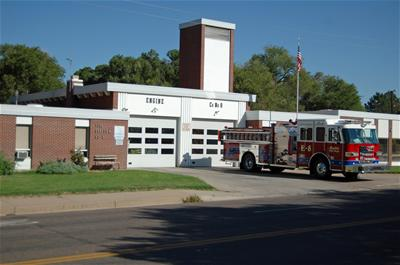A study reported by a law firm with locations in Alabama, New York and George reported that Colorado has the sixth highest rate of speeding fatal crashes in the country.
Law firm Henninger Garrison Davis revealed that after analyzing data from the National Highway Traffic Safety Administration, Colorado has a 37.29 percent rate higher than the national average of speeding related fatal crashes. Other states listed with high rates of speeding-related fatal crashes include Wyoming, who leads the country in such vehicle accidents, Utah, and Virginia.
Heninger Garrison Davis said in a press release that the National Highway Traffic Safety Administration’s reporting system is an important resource in identifying how and where fatal crashes occur.
“The faster you travel, the less time you have to react to developing situations on the road, making a collision much more likely. Traveling at higher speed also makes it significantly harder to stop or maneuver around a collision ahead of you,” the law firm said. “Ensuring that you leave an appropriate amount of space in front and to the sides of your vehicle, should allow ample time to react to developing situations around you and minimize the risk of being involved in a serious accident.”
The National Highway Traffic Safety Administration recently found that speeding is the leading cause of fatal crashes for drivers in the United States. The number of fatal speeding-related crashes has risen over the past three years. Men are more likely to be drivers in fatal speeding-related crashes than women, the administration says, and speeding is far more common in fatal motorcycle crashes than other vehicle body types.
When dealing with speeding behavior and aggressive drivers, the National Highway Traffic Safety Administration says to let the person speeding pass you if you’re in the let lane, give speeding drivers space, and call the police if you believe a driver is following you or harassing you.
Consequences of speeding include greater potential for loss of vehicle control, reduced effectiveness of occupant protection equipment, increased fuel consumption/cost, and increased stopping distance after a driver perceives a danger.
As the holidays approach, it is of note that speeding has been more common among drivers during major holidays over the past 10 years, the National Highway Traffic Safety Administration says.
Data from 2012 through 2021 from the administration shows that there have been 1,253 fatal crashes involving speeding on Thanksgiving holiday and 878 that have occurred on Christmas Day.
Thanksgiving, Christmas, and other holidays are right around the corner, and it’s important to remember to never drink and drive or speed. Taking precautions and prioritizing safety on the roads can make a significant impact in reducing the risk of serious accidents during this festive time.






















